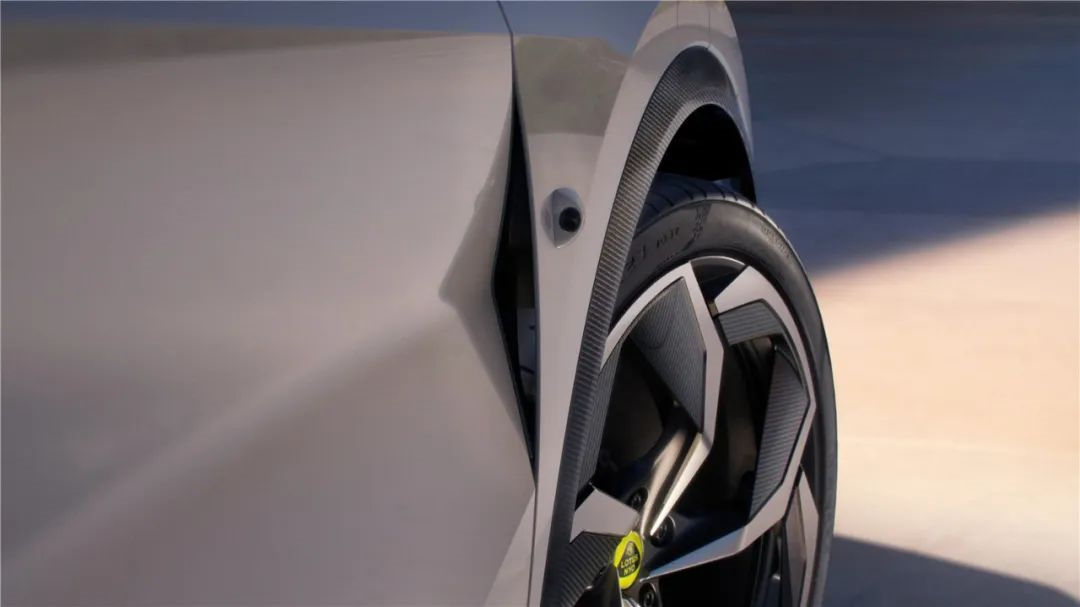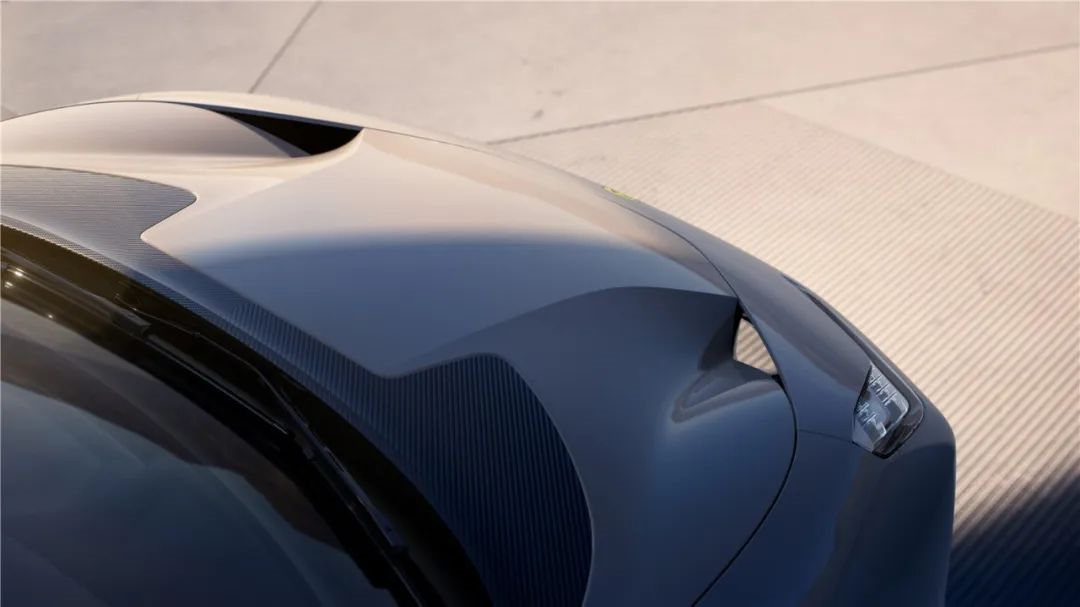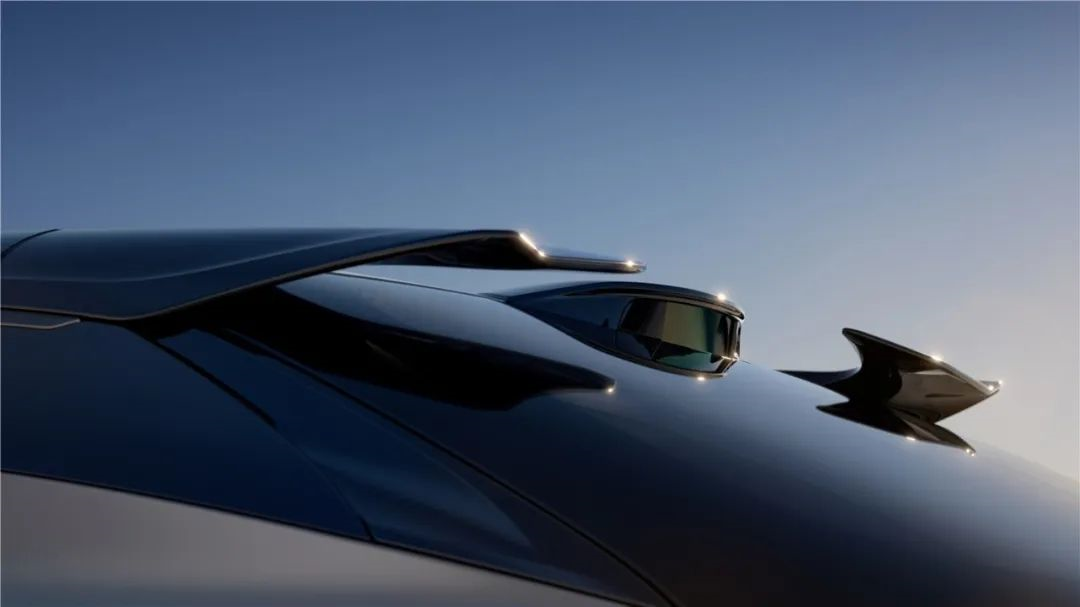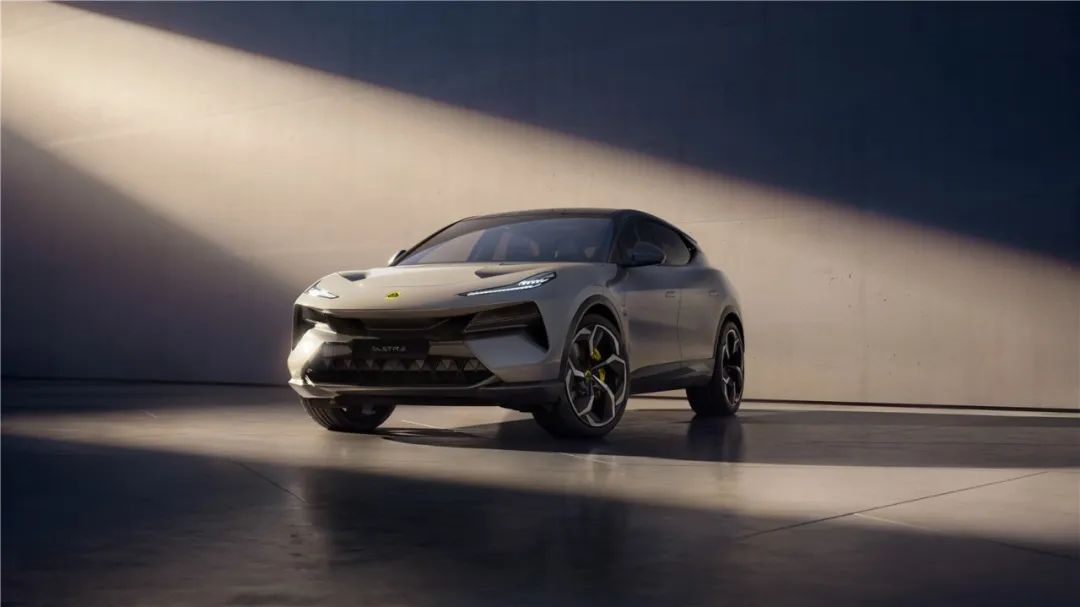Author: Wang Xuan
“At Lotus since 1998, I have been thinking about how to make the cars go beyond Hethel and reach the world. Without strong shareholder support, it would all be just a pipe dream.”
On the evening of October 25th, at the launch event of the Lotus Eltre, this quote from a documentary left a deep impression on me. Since Lotus withdrew from the F1 race, the brand has experienced several ups and downs, changing hands several times over the past 30 years. The three main models, the Elise, Exige, and Evora, have spawned dozens of branching models, supporting Lotus through its most difficult times.
However, the tense financial situation has left Lotus with no innovation. In the 1990s, there were only 19 dealerships globally. Even in the European market, annual sales of classic Lotus models were only a little over a hundred.
In 2017, Geely took over Lotus, which was certainly a boon for the brand. In the short term, we have already seen the release of three new models: the Emira, Evija, and Eletre. The revitalized Lotus has also taken electrification as its long-term development path. This move may make most Lotus fans feel uncomfortable, and entering the global market with a purely electric SUV has been viewed as a deviation from tradition.
In fact, electrification should be Lotus’ best destiny.
Standing Against Enzo Ferrari
In the 1960s, Enzo Ferrari once told his Le Mans driver, “Those who cannot create a strong engine will waste their time on aerodynamics.” Years later, Ferrari paid the price for his arrogance, and the early 1970s F1 race belonged to Lotus, and to aerodynamics.Colin Chapman is the soul figure of Lotus. When he led the team into the field of motorsports, he realized that power and performance were not his strengths, so he lost the ability to challenge opponents on straight tracks. Therefore, he decided to stand opposite to Enzo Ferrari and focus on improving the cornering speed and stability through a technique that enhances aerodynamics, and eventually locked the winning secret on ground effect.
This was not a coincidence. Checking Colin Chapman’s CV reveals that during World War II, he was a British Royal Air Force pilot. The striking similarity in history is that in 1940, the English-French Allied forces withdrew from the port of Dunkirk. Facing the strong and numerous Bf109 fighters of the German army, the British sent Spitfire fighters to fight back, which earned them the title of “dogfight gods” after the battle.
Relying on a smaller turning radius and higher maneuverability, the group of Spitfire fighters fought against the Bf109 in the air with dogfight tactics and mobility, thus outperforming the absolute performance of their opponents.
On the F1 track, Colin Chapman continued the “dogfight spirit” passed down by the British Royal Air Force. Lotus race car avoided the power advantage of Italian and German race cars by creating ground effect cars relying on aerodynamics, which made the whole racing community complain.
Behind many coincidences in the world, there are inevitable connections, just as the world’s best aerodynamic engineers come from Britain, while the best internal combustion engine engineers come from Germany. This phenomenon is also due to the industrial differences between countries.Colin Chapman’s biography states that if Ferrari or Porsche had the agility of Lotus and combined it with their engine performance, they could win all championships. For a long time, kinetic performance was not Lotus’s strong point, but the accumulation in aerodynamics and chassis tuning combined with electrification could be a good thing.
While many vintage sports cars are still stubbornly adhering to the “petrol head” spirit, Lotus is the first to stand against them, which may also be a manifestation of the spirit of Colin Chapman.
Eletre is available globally and offers two models in mainland China: the Sport version (S+) and the Track version (R+), priced at CNY 828,000 and CNY 1,028,000 respectively. Eletre Track version (R+) is the fastest mass-produced dual-motor pure electric SUV in the world, with a 0-100 km/h acceleration time of just 2.95 seconds.
The Eletre Sport and Track versions are equipped with front and rear permanent magnet synchronous dual motors and a full 800V high-voltage architecture. The Sport version can output a peak power of 603 hp/450 kW, with a fastest 0-100 km/h acceleration time of 4.5 seconds, while the Track version can output a peak power of 905 hp/675 kW, and is equipped with a 2-speed gearbox with rear electric drive, achieving a fastest 0-100 km/h acceleration time of 2.95 seconds.
The advantage of the 2-speed gearbox is that it can enable the vehicle to achieve better top speed performance. Although electric vehicles have an absolute advantage in acceleration performance compared to gasoline cars, the output characteristics of the motor restrict their top speed performance, and the 2-speed gearbox can further expand the output range, which of course corresponds to higher costs.


Perhaps no one can understand why a brand famous for its small sports cars would release an SUV model at the beginning of its brand revolution. However, considering it from another angle, this is a very cool thing. After all, no car manufacturer has ever thought about adding extreme aerodynamic technology to an SUV before and seeing what kind of product it would produce.
For electric vehicles, handling air resistance and downforce in a flexible way is the key to increasing endurance and enhancing performance. Therefore, Eletre equips the entire series with 7 sets of Race-Aero air ducts, active air intake grilles, active rear wings, 22-inch wheels and front 6-piston calipers, and other Hyper Aero kits.

In terms of chassis, Eletre comes standard with adaptive air suspension and CDC continuous damping adjustable shock absorbers, which can instantly improve enough support stiffness or comfortable driving experience, and adjust the height and hardness of the suspension faster.
At the same time, Eletre also comes standard with the industry-leading Lotus intelligent anti-roll control system, which adjusts the stiffness of the stabilizer bar in real time by calculating the vehicle’s support force demand, thereby improving precise control of support force. It reduces oversteer during high speed cornering and enhances maneuverability, and provides a more gentle stiffness when driving on uneven roads, thereby improving comfort. In addition, Eletre comes standard with active rear-wheel steering, making this large SUV more agile.
Eletre track version is tailor-made for car enthusiasts who pursue extreme driving control, and can unlock the track exclusive driving mode. Based on the Eletre’s performance test at Nurburgring, the track exclusive driving mode can provide higher spring stiffness and damping suspension settings, more sensitive dampers, reinforced stabilizer bar with minimal roll angle, bounce control, optimized stability control, maximum fully open active air intakes and variable traction control, etc.
In addition, Eletre track version (R+) will further pursue ultimate performance and aerodynamics, providing track-level configurations such as the R+ exclusive carbon fiber package and SMC engine hood.
Showcasing “Chinese Intelligence” to the World
As mentioned in the background introduction of Eletre, it is a product jointly developed by Chinese, British and German teams, among which intelligence represents the Chinese gene.
In terms of intelligent driving sensors, Eletre comes standard with 34 high-performance sensors. With the support of 2 NVIDIA Orin-X chips, the computing power can reach 508 TOPS, equivalent to 5.08 trillion operations per second.

High-precision sensors include a foldable hidden LiDAR. From this point, we can also see Lotus’ ultimate pursuit of aerodynamics. The foldable hidden LiDAR has higher requirements for structural reliability, and also has to cope with higher costs. However, in the face of lower aerodynamic resistance, Lotus resolutely chose the latter.In terms of digital cockpit, Eletre is based on the dual third-generation Snapdragon cockpit platform and comes standard with Lotus Hyper OS, a next-generation cockpit operating system based on UNREAL 3D engine. It supports multi-dimensional interaction, 5-screen real-time linkage, 3D navigation, rich audio and video entertainment, and other functions.

At yesterday’s press conference, Lotus officials said that Eletre has received more orders worldwide than Lotus has had in the past six years combined. Obviously, there are many Lotus fans around the world who are looking forward to this car. Of course, this car can also serve as a symbol of “China’s intelligence” and let the world auto industry rethink China’s capabilities in the field of intelligent vehicles.
Conclusion
On Eletre, we can still see the aerodynamics technology that Colin Chapman was proud of, coupled with the most cutting-edge power and intelligent system of this era. With innovation and heritage, Lotus now has the ability to go out of Hethel and go to the world.
This article is a translation by ChatGPT of a Chinese report from 42HOW. If you have any questions about it, please email bd@42how.com.
